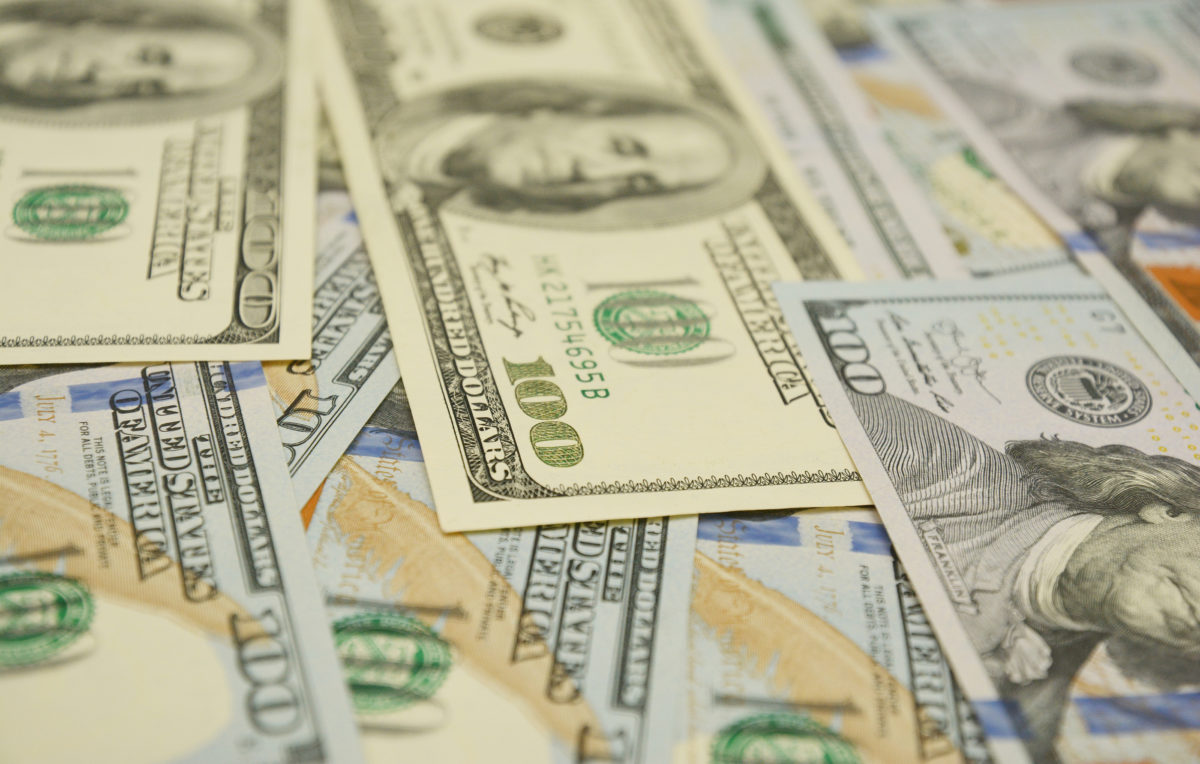Cash flow is the circulation of money within a business. It is the money that is incoming as well as outgoing. It includes the money a business is receiving and the money that a business is spending on expenses and inventory. Within a specified period, the total net balance is reported on the cash flow statement. The statement points out cash usage and its sources.
Cash flow allows businesses to monitor the success of their business. Monitoring cash flow provides firms with information regarding profits. Businesses’ main goal is to keep cash flow moving so that more money is coming in than going out.
Though cash flow is a good sign, it doesn’t necessarily always mean the business is booming. Cash flow doesn’t measure the performance of the business, it is a statistical tool used to monitor expenses, and profits. Businesses should also consider their balance sheet and income statement.
What is Cash Flow Used For?
As a small business owner, it is important to monitor cash flow to calculate expenses. When calculating expenses business owners should ask themselves if their cash flow is efficient enough to not only provide the company with money to pay for expenses but also enough to make a profit.
Are there Different Types of Cashflow?
When running a business, there will be multiple sources of cash flow. The different types of cash flow include:
Financing Cash Flow:
Financing cash flow is all of the funding it took to start a business and ensure it continues to run. This may include equity, debt, etc. If you pull out a loan to start up your business, the money that you receive as well as the payments that you make towards the loan is a part of the cash flow within your financing resources.
Operations Cash Flow:
Operations cash flow is the movement of money used to operate the business. This includes money received from sales and money spent on inventory, materials, and goods. Additionally, it includes outgoing money put towards employee salaries.
To determine the total value, you would need to subtract the operating expenses from the amount of money made from sales. Typically this is reported both quarterly and annually on the cash flow statement.
Operations cash flow normally determined whether a business is financially stable or will need to consider a business loan.
Investment Cash Flow
Both large and small businesses often generate cash from business investments. This includes equipment, property, stocks, or bonds. Cash flow can come from the sale of assets, interest, asset purchases, and security losses.
What is the Difference Between Cash Flow and Income, Profit, and Revenue
Cash flow is different than income, profit, and revenue. Here is how they are all different.
Income
Income statements present the business’s revenue and the total amount of expenses. Cash flow is the follow of money coming in and out of a business.
Revenue
Revenue is the income that the business earned by selling goods, and services, while cash flow is both received and disbursed funds.
Profit
Profit is the amount of funding that is left over after expenses have been calculated. Cash flow refers to the circulation of money.
It is important to measure cash flow, income, profit, and revenue separately from one another. You may calculate measurements and find them to be way different than you had expected them to be.
Cash Flow on Financial Statements
A cash flow statement displays the progress of a business if businesses are managing expenses and paying off debt. A business’s cash flow statements work closely with a business’s balance sheet and income statement. Public companies must report their statement.
Statements report businesses begging and ending balances, and where and how funds were used, spent, and received. Business reports take place either monthly, quarterly, or annually which state their cash flow.
What is a Balance Sheet?
A balance sheet is a sheet that presents a business’s total assets and liabilities.
What is an Income Statement?
An income statement presents the amount of money made in profits within a specific time frame.
What is a Cash Flow Statement?
A cash flow statement points out a resolution of funding issues that are stated on a business’s balance sheet and income statement. Of course, the resolution to these problems is paying expenses and collecting revenue.
The important value on a cash flow statement is displayed on the bottom line of the document which is either the net increase or cash equivalents and cash loss. This value points out the company’s change in cash and accessible assets. In order to check the accuracy, you can check the overall balance of a cash flow and the amount of cash shown on the business’s balance sheet. If they are equivalent then it is accurate.
How Do You Calculate Cash Flow?
Determine the opening balance
The opening balance is the total amount of cash that you currently have in your business accounts.
Calculate cash sources
Calculate all incoming cash sources including money received, cash borrowed from loans, funds from assets, sales of assets, etc. Add the total to the opening balance and you will receive the cash balance.
Determine the use of cash
Determine the outflow of money. This will include adding together all payments that were made.
Subtract your uses from the total balance
To find the value of your business’s cash flow, subtract the total you received from the outflow money and the total amount you received from your opening balance and cash source. The number you receive will be the opening balance for the following month.
It is important to consider cash flow to get an idea of how well your business is operating and plan what you can do in the future to better your company. Monitoring cash flow will provide you with statistics that can help your business grow in the future.
